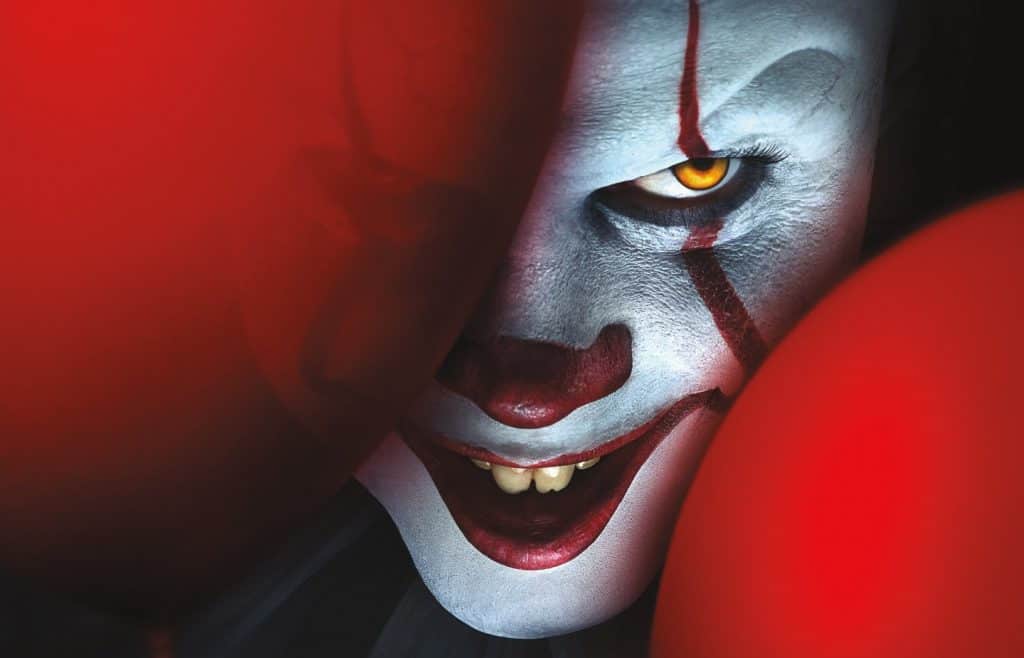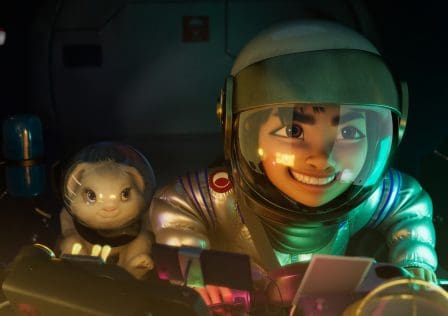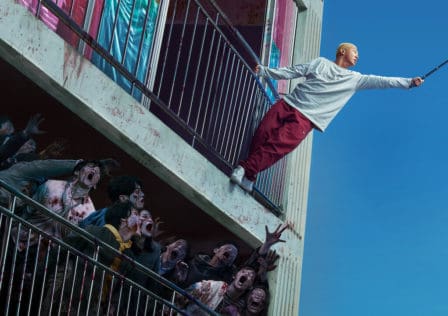In Danse Macabre, Stephen King’s ode to horror fiction, he lists down three types of horror and its effectiveness. The first is Revulsion – moments that gross out the audience (think the Saw films, or Sam Raimi’s Evil Dead series). The second is Horror, which he defines as “graphic portrayal of the unbelievable” – something so implausible and unnatural that the audiences’ minds struggle to comprehend, and thus react in fear.
The third type, which sits on top of the hierarchy, is Terror. This, King wrote, is the kind of fear that is self-induced. Suggest that something is wrong, that there may be something lurking in the dark corners of the room, and our minds will fill in the blanks of what could possibly be there. Often, we will imagine the worst, and thus most terrifying, thing.
I find myself thinking about this hierarchy while watching IT: Chapter 2, picking pieces here and there to see what fits where. “This part is gross! That’s Revulsion”, and “what’s beneath that cloth? Holy shit TERROR! TERROR!”
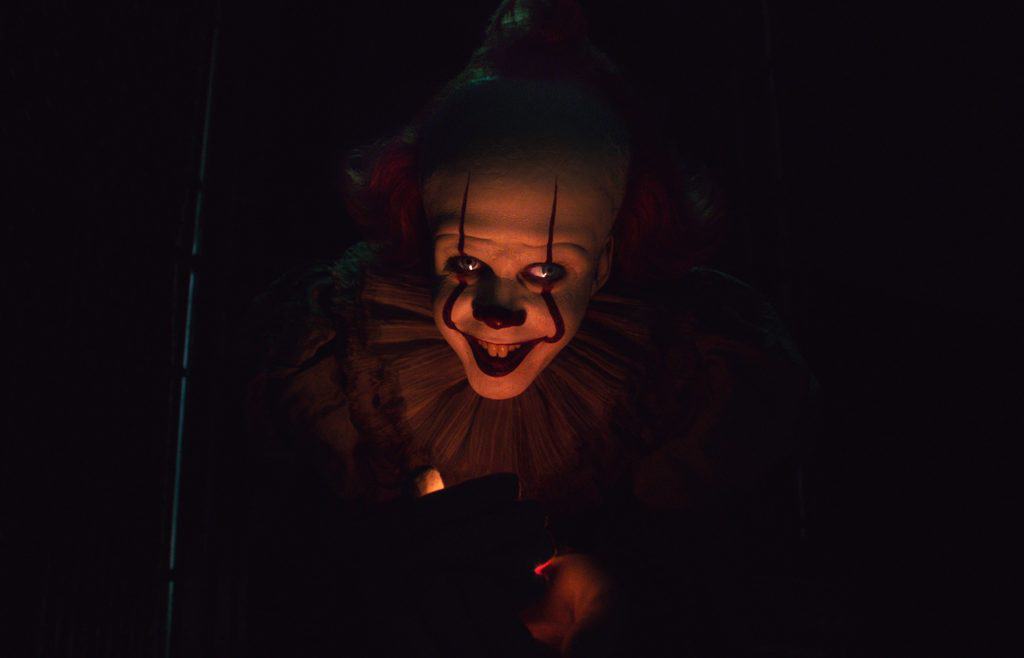
Creepy clown? Darkness that obscure parts of his true form? TERROR! TERROR!
Watch the movie like that, and IT: Chapter 2 starts feeling very much like a Stephen King novel. I won’t call it very scary – it’s certainly more parts Revulsion and Horror than Terror – but I left the cinema in a sort of wobbly euphoria you get at the end of a carnival ride. In other words, it’s fun.
And maybe that’s enough. It’s been awhile since I watched a horror movie that made me feel like a teenager, delighting in the thrills and scares, and the nervous laughs between them. Yet IT: Chapter 2 is sometimes a little more than mere funhouse horror. Like the best Stephen King novels, the movie is also about overcoming personal demons amidst vanquishing literal ones. For what it’s worth, the sequel carries this conviction to the end.
Chapter 2 is set 27 years after the end of the original. It starts with violent ugliness, telling us on the onset that 27 years did little to change the town of Derry, which is still populated by bullies and monsters. And the most horrifying of them – the titular IT – has resurfaced.
Good thing the Losers Club – as they were known as children – are ready to return to fight IT. Should be easy, now that they’re adults and much more physically capable, right? Too bad revisiting past traumas and unresolved childhood problems isn’t a walk in the park.
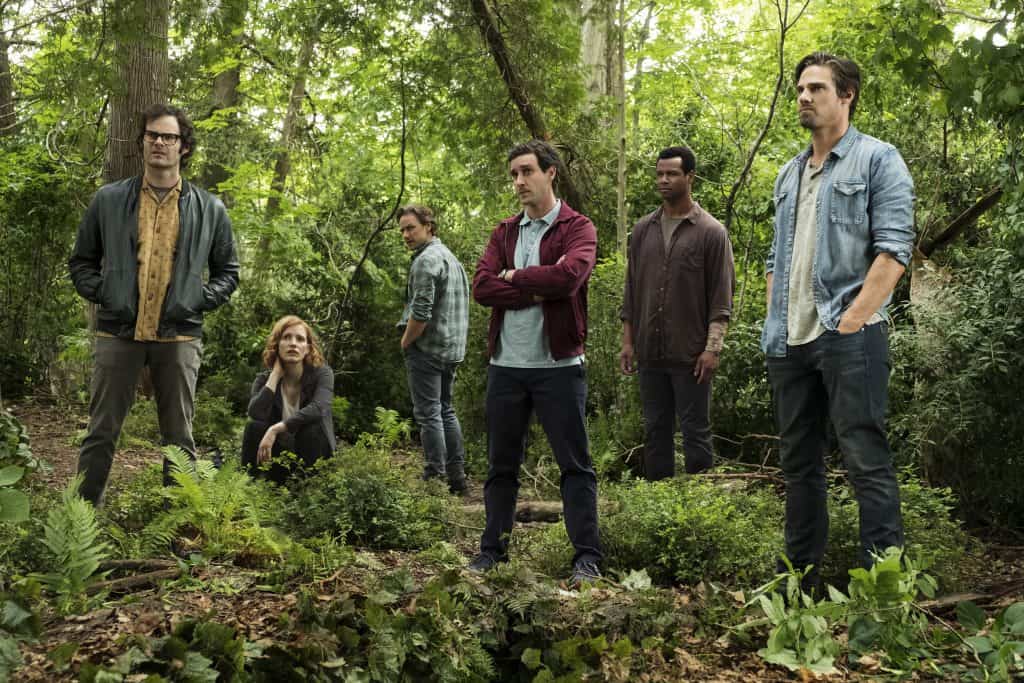
Movie logic: Get terrorised by cosmic-horror clown as kids, grow up into beautiful adults
The Losers Club still seems to be losing as adults, lugging around Derry-sized emotional baggage. Leader Bill (James McAvoy) has gone on to become a novelist with movie adaptations in tow, but has never written an ending everyone likes or approves. Richie (Bill Hader) took his trash-talking as a kid and turned it into a career as a stand-up comic, but maybe his jibes are more self-defence than offence. Beverly (Jessica Chastain) went from an abusive relationship with her father into an abusive relationship with her husband.
Neurotic Eddie (James Ransone) is married to a woman who looks and sounds suspiciously a lot like his smothering mother, while Ben (Jay Ryan) has cast away his chubby past and is now a wealthy, eight-pack-abs-toting architect who – when we first see him again – is staying in a gloriously large house with no one else inside.
Only Mike (Isaiah Mustafa) remained in Derry, styling himself as the town’s historian and more stuck to the past than all of them. He is the one to make the fateful phone call rounding up the gang, now that IT, or Pennywise the Dancing Clown (Bill Skarsgård), has re-emerged from ITs forced slumber.
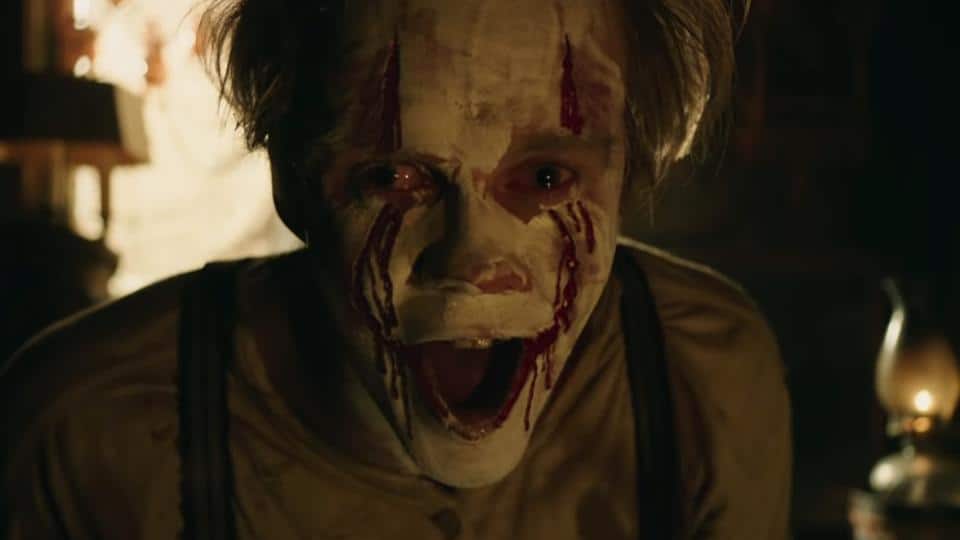
If I get forced into a nap, I’d probably be just as cranky
The movie is a hefty 2 hours and 50 minutes long, which means that there are lull times – an aspect that may turn off horror fans. What good is a scary movie when it isn’t scary all the time?
I would argue the opposite. Horror films work best when it takes time to line up the dominoes before the gentle tip into pandemonium. In IT: Chapter 2, the dominoes are the individual stakes of each character. Sometimes the many subplots threaten to run away into its own miniseries, but ultimately it ends in a satisfying manner. The dominoes all fall down, in the end.
Sometimes the movie gets clever with the manifestations of each characters’ personal demons to give them – and us – a good fright. I won’t reveal them for fear of spoiling some of the scares, but they can get metaphorical.

Adult life is very much about wading through shit
It also helps that the adult cast is terrific, able to capture the camaraderie of their child counterparts. Director Andrés Muschietti (who directed the first movie, as well as the solid Mama) keeps the movie visually arresting, with some clever transitions early on to some genuinely “Wow!” moments (one of them involving balloons and a bridge).
But perhaps the best thing Muschietti brought to the table is the inherent silliness of Stephen King’s works. IT may be a horror classic, but even the novel can raise some eyebrows (Google “Maturin” and you’ll see). In embracing some of these camp silliness, Muschietti deftly shifts the movie from horror to comedy and back again without being tonally disruptive.
The result is what I consider an A-grade B-movie – the best actors and effects, married to horror funhouse sensibility. Sandwiched in between is a story about the joy and misery that is attached to nostalgia. It’s a thick, perhaps rather bloated sandwich, but I’d still prefer that over plain white bread horror.
Also published on Medium.

makes it a life goal to annoy everyone with random Disney trivia. When he’s not staring at a screen or holding a controller of some sort, he is thinking about curry noodles. Like right now.
